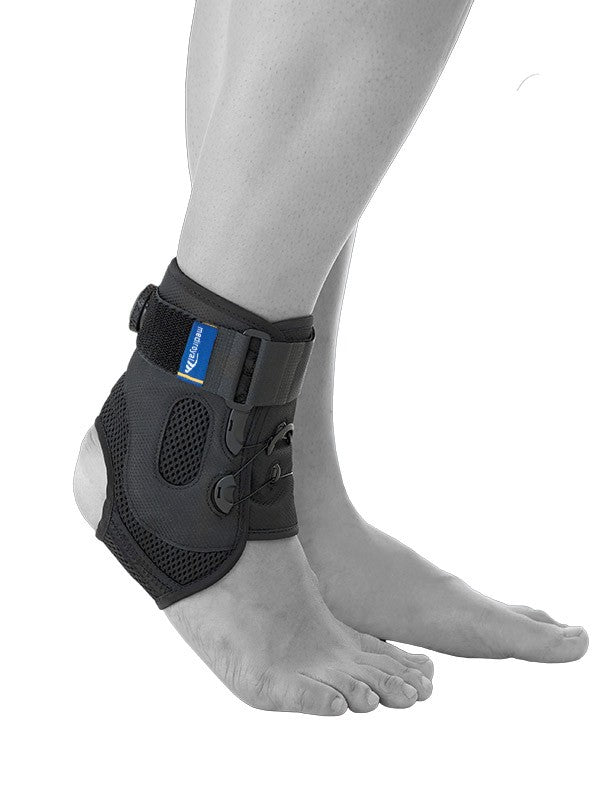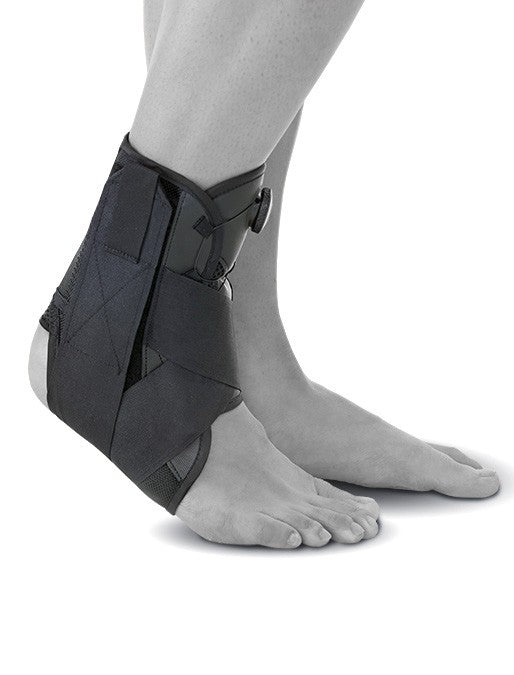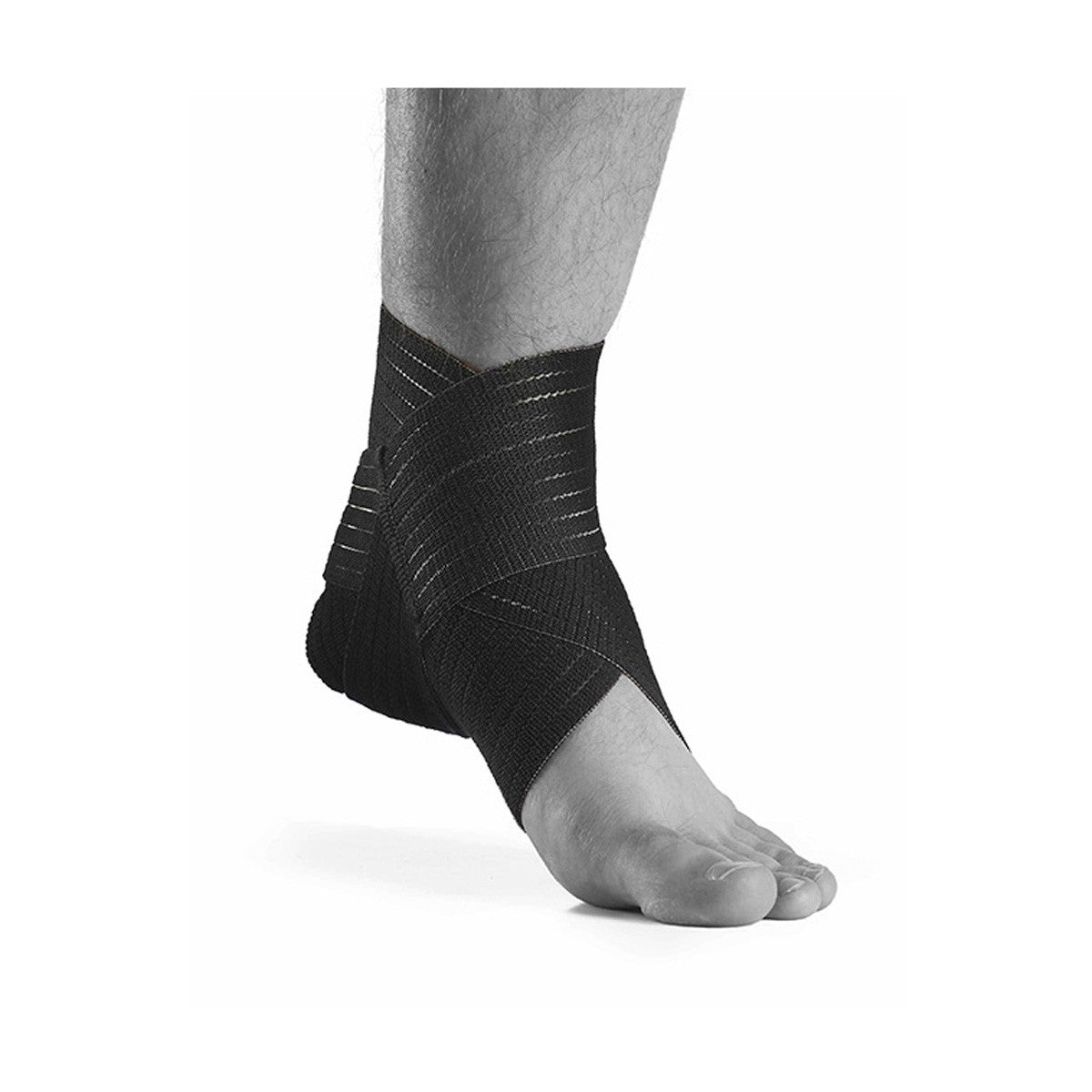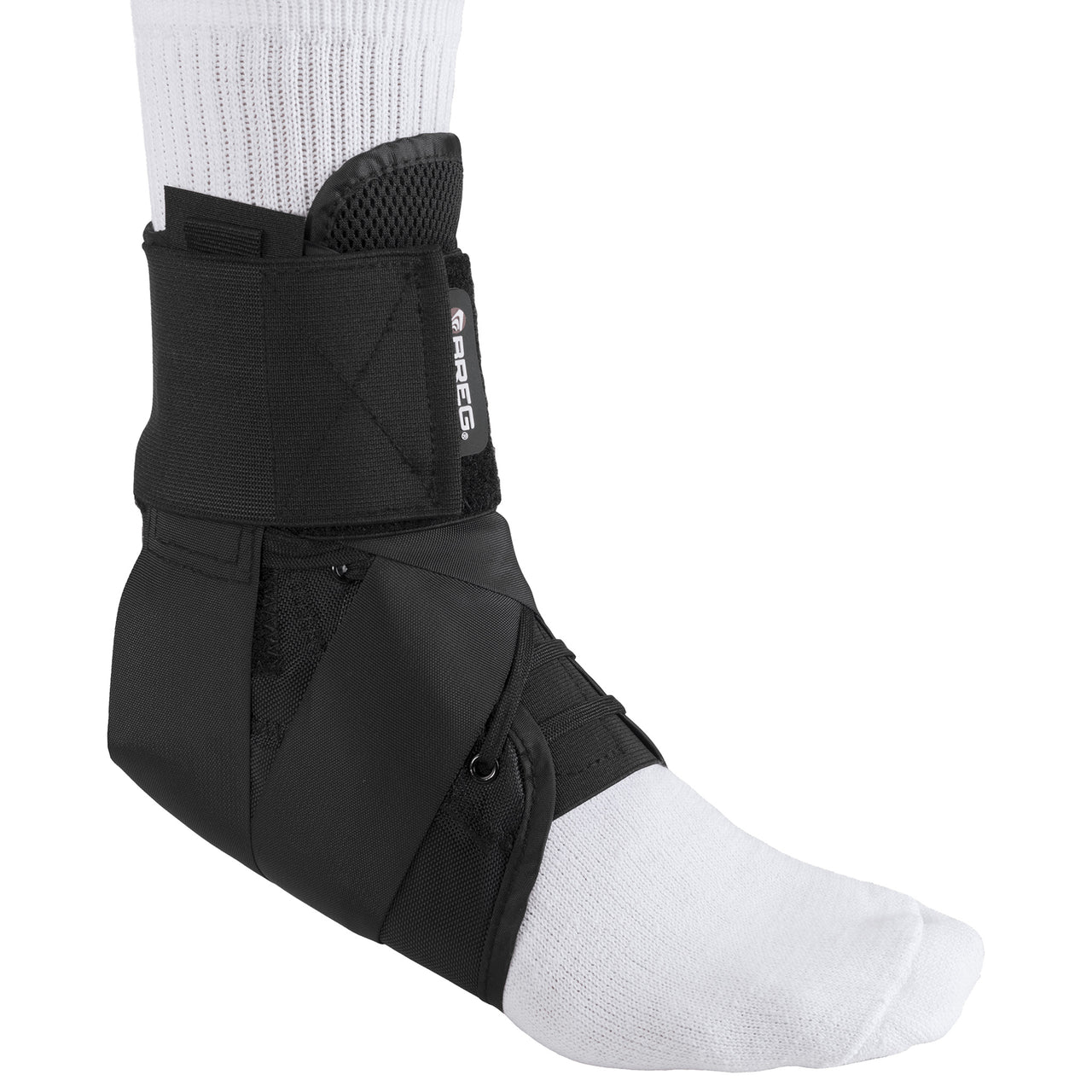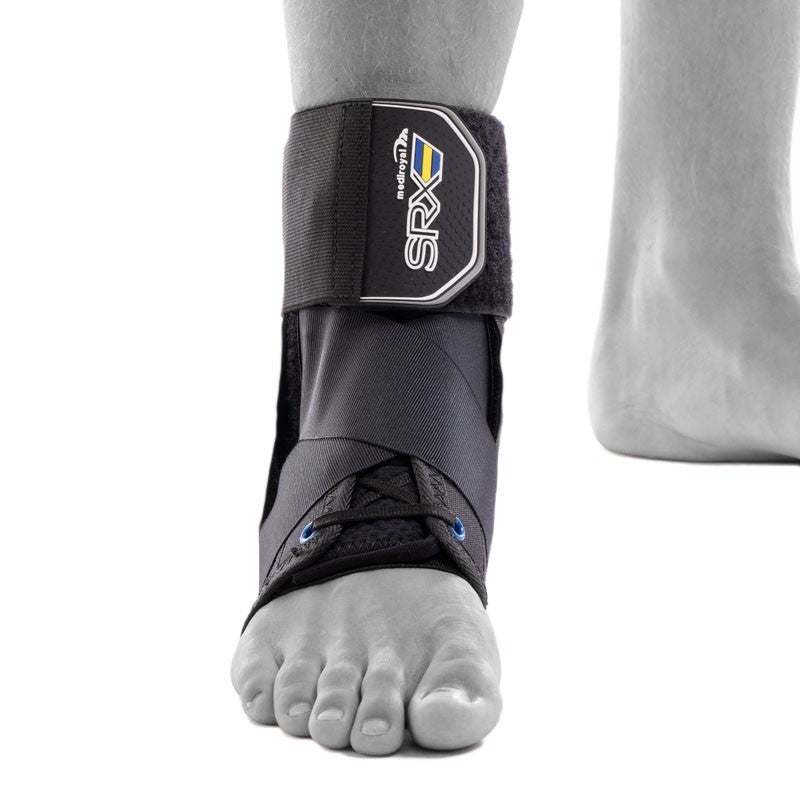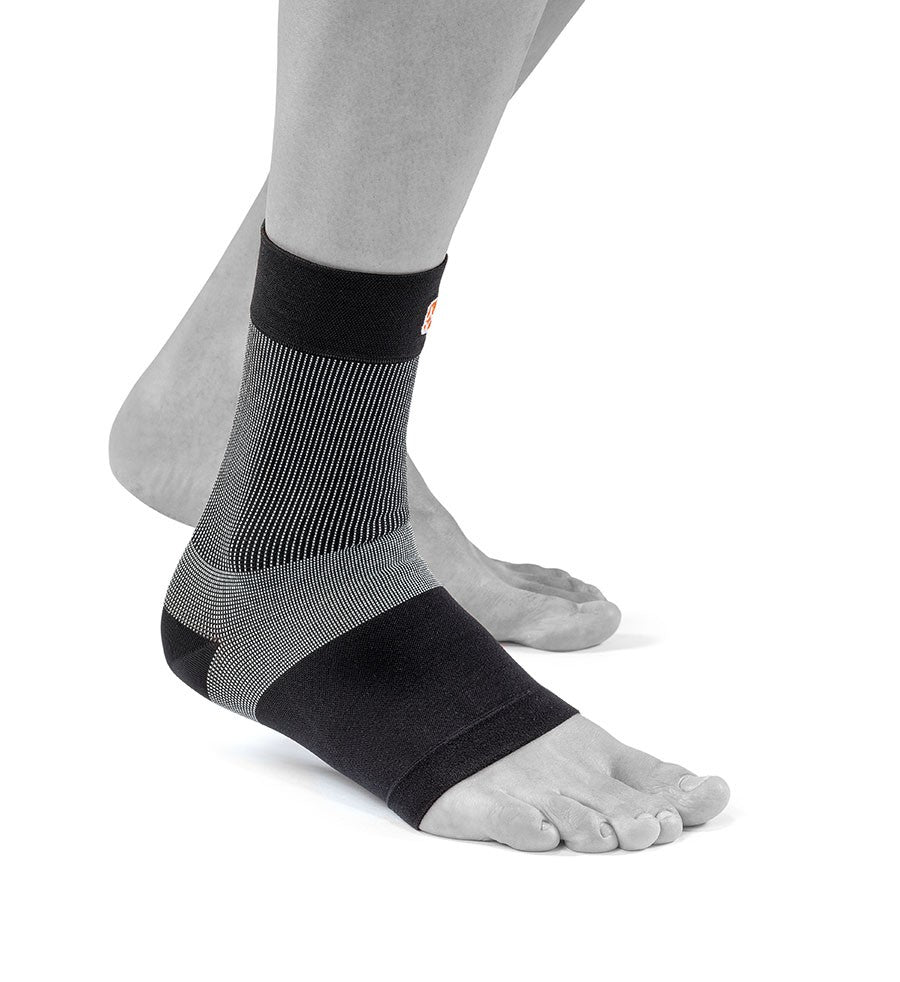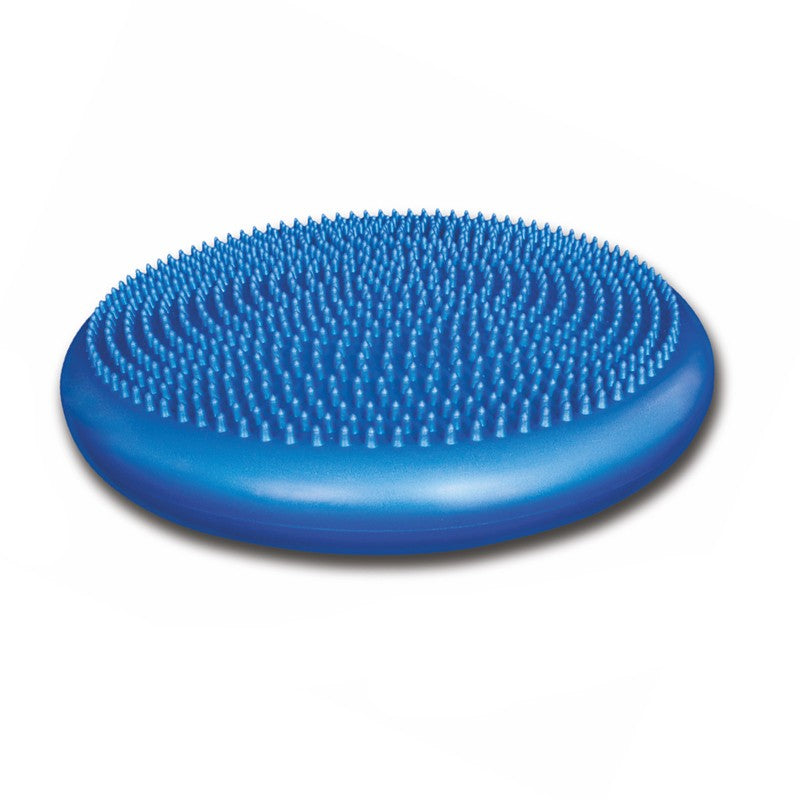Sprained foot – causes, symptoms and ankle protection for ligament injury
Ankle sprains are one of the most common injuries in both sports and everyday activities. The injury affects the ligaments in the ankle and can cause anything from mild soreness to a complete rupture, resulting in long-term instability.
What is a sprained foot?
A sprain occurs when the ankle is twisted beyond its normal range of motion. This puts strain on the ankle ligaments, which can be stretched or completely torn. The injury is most common on the outside of the foot, but the inside can also be affected. The injury is graded into three levels: grade 1 (mild sprain), grade 2 (partial tear of the ligament), and grade 3 (total rupture).
Symptoms
- Pain with load or movement in the ankle joint
- Swelling and discoloration around the ankle
- Tenderness over damaged ligaments
- Feeling of instability in the ankle
- Reduced mobility, especially in the acute phase
Common causes & risk factors
A sprained foot is most often caused by sudden changes in direction, landing on uneven surfaces, or playing contact sports. Factors that increase the risk include poor ankle stability, improper footwear, uneven surfaces, being overweight, or foot position (pronation/supination). Soccer shoes and other narrow athletic shoes can also increase the risk because they provide less support to the outside of the foot.
When should you seek medical attention?
If you experience severe pain, are unable to bear weight on your foot, or suspect a major ligament injury, you should contact your healthcare provider. It is also wise to seek help for further assessment if you experience recurring sprains or persistent instability.
Recommended protection & support
A stabilizing ankle support is an effective aid for sprained feet. The support counteracts harmful extreme positions but at the same time allows normal movement, which reduces the risk of new sprains. For milder sprains, a compression protector can help reduce swelling and provide light support. For more extensive injuries, protection with higher stability is recommended to provide security during recovery and prevent recurrence. See all our products for the foot here.
About our Injury Guide – quick guidance in case of complaints
In our Injury Guide, you will receive clear and easy-to-understand information about common injuries, how they occur and what symptoms usually occur. You will also receive recommendations on which protection and aids can relieve your discomfort and help you further in your rehabilitation. All information is based on expert knowledge from our licensed physiotherapist.
For more information about the foot and heel, you can read more in the Injury Guide Foot & Heel, and you can also go to the Injury Guide's main page to read about other injuries and symptoms.
Related injuries:
Find the right protection for your needs
There are several ways to find the right product on our website. For a more personalised selection, you can use our filters and sort by injury, body part or sport. You can also get help from our AI assistant Eir , who is trained on all the content on our website and can help you with product recommendations, fit questions and order-related concerns – 24/7. If you would rather speak directly to our licensed physiotherapist, Ida, you can reach her via email or phone for personal advice and support in your product selection.

